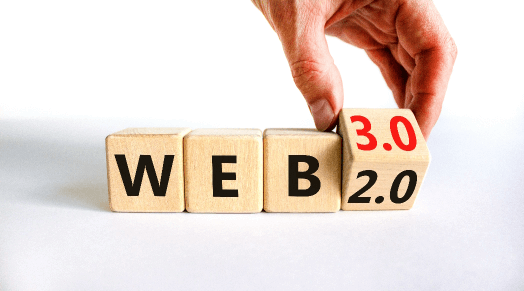Built using newer technologies such as decentralized blockchains, Web 3.0 is the next big step for the internet and everything it controls. It uses artificial intelligence to enhance user experience. Web 3.0, being the basic structure used by cryptocurrencies such as Bitcoin and Ethereum, blockchain approach enables the service to be supported by a decentralized network. This will be a revolutionary step and can have a huge impact on organizations, users, and the way businesses operate. For example, site owners won’t have to rely on bigger companies such as Amazon (AWS) and Google to obtain server space.
Conceptually, Web 1.0 was created to retrieve data from servers, e.g., searching for something on Google in 2004. Web 2.0 introduced more interactive sites such as social media platforms where data is read and written back and forth. That is, someone posts on Twitter, Facebook, or LinkedIn, you retrieve it from the server by viewing it in a browser, then send data back when you like the post and/or add a comment. Web 3.0 has wider applications in IoT, Edge computing, live streaming, behavioral engagement, semantic search and so on.
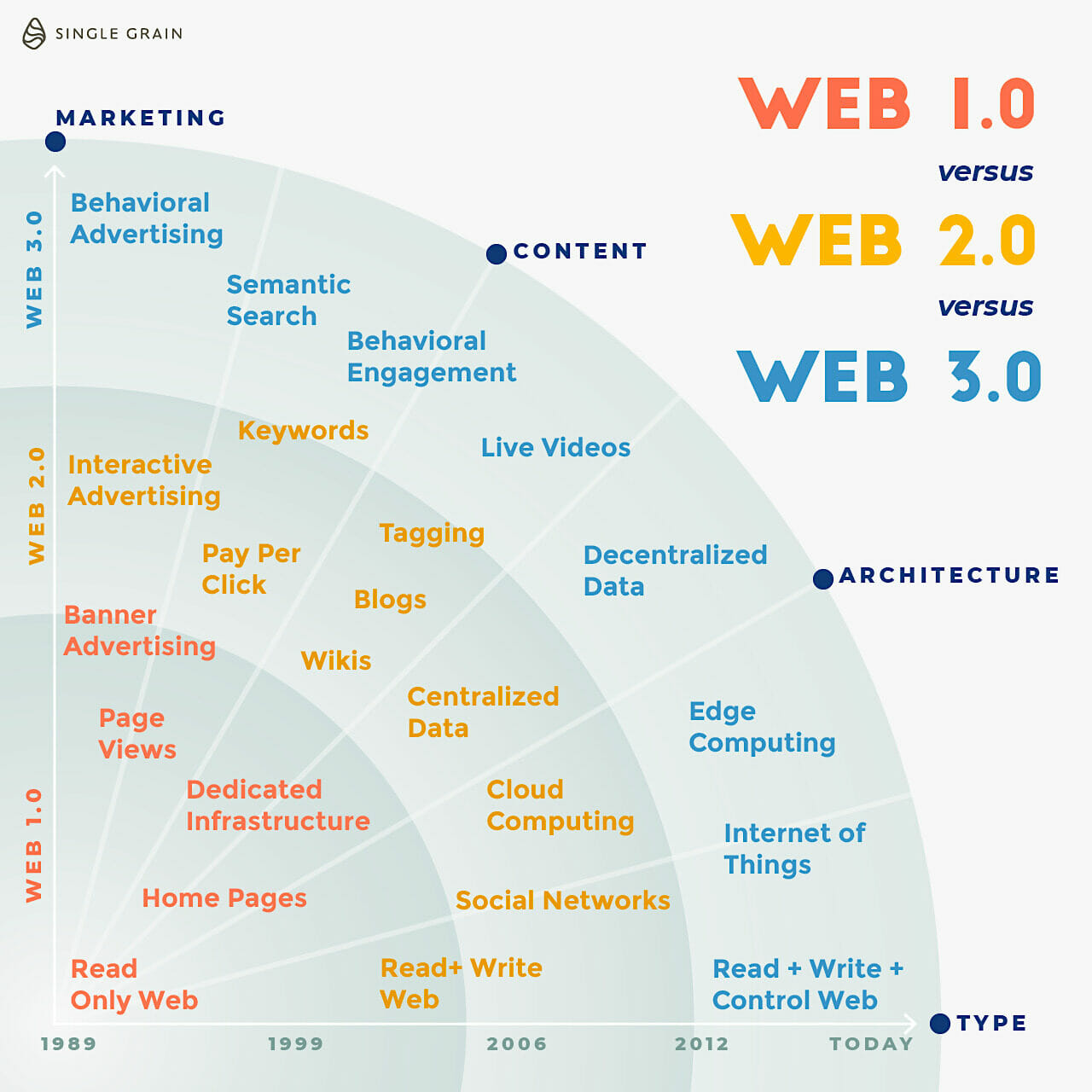 Possible use-cases implemented using Web 3.0 (Courtesy – Single Grain)
Possible use-cases implemented using Web 3.0 (Courtesy – Single Grain)
Gaining access to any site or application often requires you to log in with your user ID, email address, password, and sometimes biometrics such as fingerprint. There are many credential keepers online; some are store data locally while others live in the cloud. For example, for some time Google has prompted you to optionally save your password in a digital wallet if you login through its service. With Web 3.0 you’ll have a private key created using blockchain; it could be kept in a secure digital location or in a third-party wallet.
Some tech giants have already started to implement ideas based on the Web 3.0 concept. Last year Twitter announced Bluesky, a project intended to be a decentralized social media platform. Using blockchain concepts outside of the realm of cryptocurrency, it’s a big steppingstone for any organization to learn if this new method of building platforms is truly viable.
A few companies claiming to be working on implementing Web 3.0 styles include:
- GameStop has been hiring non-fungible token (NFT) software engineers and marketing directors for an NFT platform as well as Web 3.0 game leads to accelerate the gaming scene and related commerce. It frequently states that “blockchains will power the commerce underneath” of the new platforms it’s creating.
- Reddit is looking to lure 500 Mil. new crypto users onto its platform by adding new features and changing the way its website is built. It has moved the subreddit “r/cryptocurrency” to the Arbitrum network, which will reportedly help with transactions on the site. It also states that it is working toward forking blockchains through community-made decisions. And it seeks to move its current 500 Mil. Web 2.0 users into its scalable Web 3.0 environment.
- Incorporating these ideas, Meta seeks to provide user self-sufficiency on its new Web 3.0 Metaverse platform.
We’ll surely see many Web 3.0 branching ideas and innovations. And it’ll be interesting to see if platforms such as Twitch, YouTube, or even some of Microsoft’s services are exploring similar concepts. Seeing their implementation in non-cryptocurrency markets could open the door to yet more possibilities.
Organizations embracing Web 3.0 can use AI to filter data not needed by clients, such as PII (personally identifiable information). They’ll be able to quickly filter huge amounts of data, increase application response times, and diagnose problems faster. Another AI example is the ability to forecast ways for users to improve customer service and implement that across applications and portals.
Web 3.0 SWOT Analysis
Strengths
- Higher efficiency while searching – Search engines can use better algorithms to provide more relevant results rather than simply the popular, most-often visited pages. Enhanced AI would also provide more recent and accurate information.
- Faster loading and uninterrupted services – A big advantage of Web 3.0 is its ability to load data in each node rather than on a central server somewhere. This would avoid technical difficulties companies often face, as well as reduce problems of server overloads on smaller sites and applications.
Weaknesses
- CPU intensive – Algorithms running across many layers, along with applications creating nodes of data, means there will likely be some performance issues due to intensive CPU requirements. People using outdated machines might experience pages loading more slowly, thereby resulting in poor user experience. Those with newer devices should realize overall better performance.
- Expensive and time consuming – The process is on a large scale and is a newer concept, so it’s expected to take some time to change major industry components. This might impact costs.
Opportunities
- Higher data personalization for users – Today Google is likely to show you a related ad as you look something up. Web 3.0 is expected to be heavily AI-focused; with its large-scale adoption, you’ll likely want to take a more calculated approach as you construct your user profiles. This should equate to your exposure to less repetitive, more accurate content due to its being highly tailored to your specific interests.
Threats
- Security – While Web 3.0 will be faster and more advanced, it also creates an intranet amongst all users. This might be seen as an efficiency advantage, but you also risk exposure and breach of information. Certain data such as ad information or devices in use wouldn’t be shared, but name, zip code, or age information might be easier to publicly access. Data protection and individual privacy will need to be properly structured and enforced by each organization.
Web 3.0 will continue being integrated into more applications as it gains additional popularity, although the process is difficult to implement and can be expensive. That said, it does have the potential to change the way users interact behind the scenes. Blockchain and Web 3.0 ideas do have some limitations, but we could see a massive increase in mobile accessibility if more companies work toward a better online environment. Quicker logins, shared accounts between platforms, and user-owned data could be the future of the internet.
Talk to us to learn how we can help in analyzing and interpreting data, as well as in creating data products and services to enable your web 3.0 adoption.
Recent Blogs
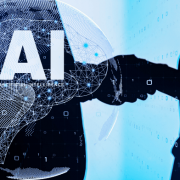
Bots to Brains: How Agentic AI is Changing the Game
July 8, 2025

The Future of Supply Chains Is AI-Driven—Is Your Business Ready to Embrace the Change?
July 2, 2025
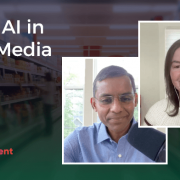
What Retail Media Can Learn from Instacart’s AI Strategy
June 24, 2025
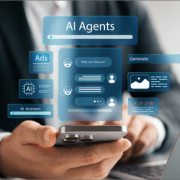
Beyond Chatbots: How Agentic AI Is Automating High-Stakes Business Decisions
June 11, 2025


